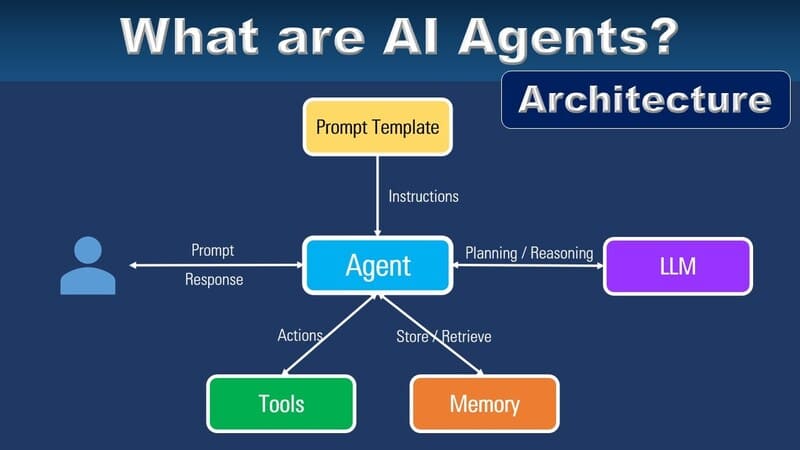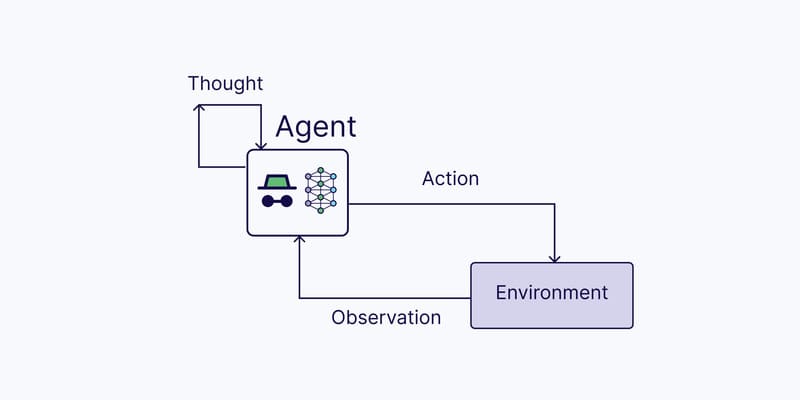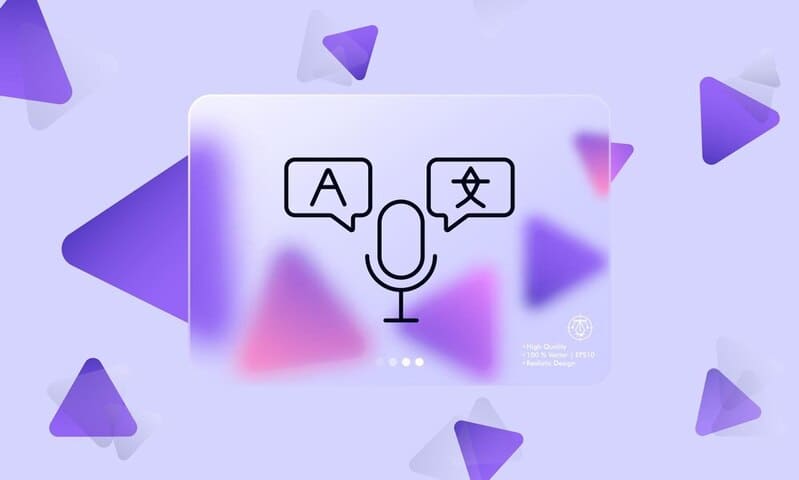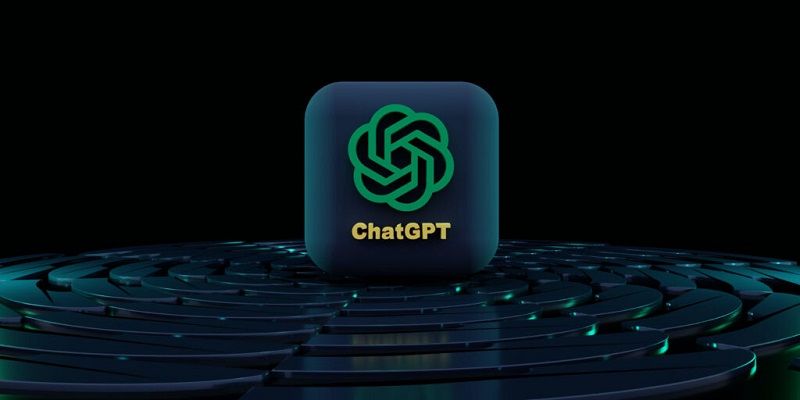Chatbots are becoming more popular with businesses worldwide, as they can be easily integrated to different messaging platforms. There are prevalent challenges, however, in how to create value from these chatbots, and the solution lies in the hands of scriptwriters. So, how can we make an interesting chatbot script?
Let’s check out these useful tips:
1. Understand who your customer is
To successfully build a chatbot, scriptwriters need to understand the nature of their product or service, target customers, as well as what convenience should the chatbot provide to its customer?
Chatbot can be built for entertainment, providing news, sales, and so on. An in-depth understanding of the ultimate target is thus necessary in building questions, answers, accurate and suitable choices for customers, leading to a smart and user-friendly chatbot script.
2. Start a conversation
To start a conversation, chatbots need to be proactive and appears friendly to users. Thus, a warm welcome is necessary in making users open up and get more comfortable.
If a chatbot is meant to be specialized in one specific product/service, it should emphasized the topic from its get go, so as to direct the conversation in the right way
It is important that a chatbot does not cover too many topics and fields. This is to avoid redundancy and indirectness, as well as straying from the users’ demand.
Questions should also appear in order of frequency, from most frequently asked questions to less frequent ones.
3. Design a chatbot interaction flow
In the end, chatbots’ ultimate aim is to understand users. Therefore, chatbot builders need to understand customers’ plans and demands. Every conversation with customers are branches to a conversation tree that leads them to different paths, and drives them to make different decisions depending on their responses. Builders therefore need to clearly determine the information flow so that chatbots function efficiently.
4. Connect chatbots to the general database
NLP, or the natural language processing technology, is able to analyze syntaxes and text to figure out the user’s aim. Then, the chatbot will respond using relevant contents and actions. As such, NLP helps chatbots to understand users’ need, all to provide the most accurate answers.
Example: When the customer types “I want to buy an iPhone X”, NLP will understand that
- The customer want to: Buy
- Quantity: 1
- Product: iPhone X
A similar NLP will need these information to answer the customer with the availability of the product, which it knows from the system’s general database. The chatbot therefore needs to be integrated into the business’s general information infrastructure for quick updates regarding the product list, stock availability, as well as other data. Customers can thus get quick and accurate responses.
5. Flexible connection to multiple information flow
In order to match difference conversations to different demands, customers should be provided with flexible options, in diverse forms (from text to images, slides, forms…) Users can therefore be easily delegated without having to re-enter the main menu, maintaining a natural conversation.
For example, imagine building a chatbot that teaches people different cooking recipes. The chatbot will need to deal with information about the dishes’ names, recipes, cooks, ingredients and so on.
Each of these information will have its own features, including:
The ability to respond with photo slides for various recipes to a single dish, all displaying all the needed data.
Furthermore, it also encourages people to respond quickly by giving options, making them more comfortable when conversing with bots.
Customization is also possible by connecting between different objects based on the characteristics.
Now, if you choose to follow the mentioned example, users will be led to the Recipe to the Author without having the restart the conversation, bringing about a seamless and natural experience.
To be continued! The next part of this series shall include 5 more valuable tips for interesting chatbot scripts.

















